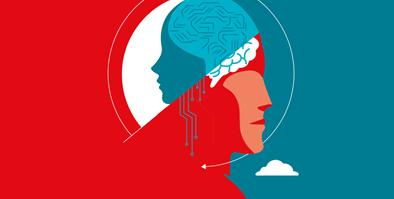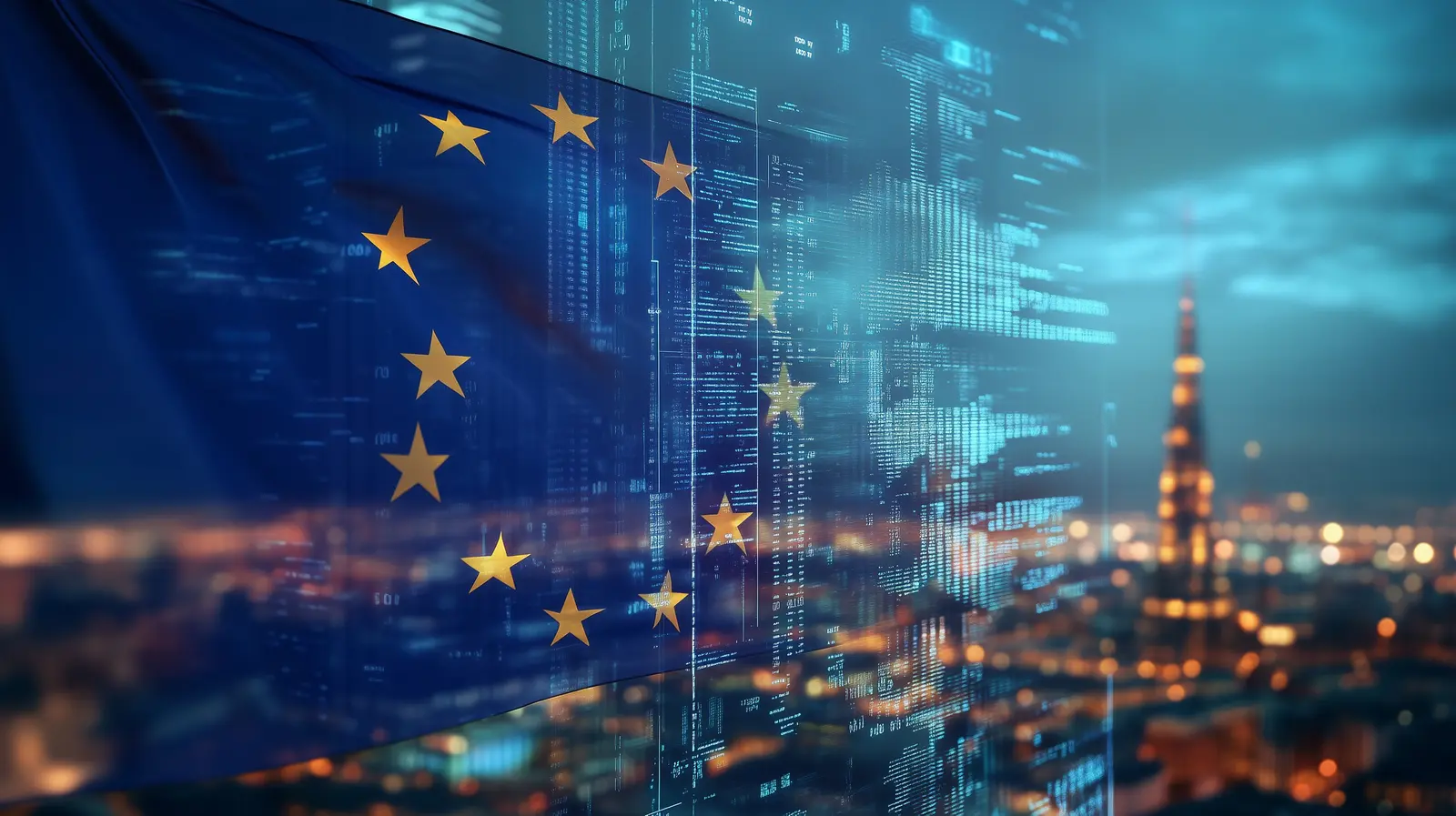Few think of Europe as a frontrunner in the internet age. Yet, as the digital transformation of societies and economies gathers pace, a window of opportunity has opened for Europe to re-establish itself as a global technology leader.

Joakim Reiter, Group External Affairs Director, Vodafone
The reason: the unbridled growth of the Internet of Things (IoT), providing the crucial link between the data economy, where Europe remains a laggard, and the physical economy, especially manufacturing, where Europe is strong. IoT is about connecting devices, machines, and services, making them smarter by embedding computing power into them and allowing their performance to be monitored and managed remotely. Think smartphone meets thermostat, medical device, train or bulldozer for that matter.
As everything and everyone becomes connected, this will be the foundation of Europe’s digital transformation. According to the European Commission, the market value of IoT in the EU will exceed €1 trillion in 2020. While the McKinsey Global Institute believes connecting physical and digital worlds will have a potential total economic impact of as much as $11.1 trillion a year by 2025.
Another reason IoT has risen so quickly on the agenda of policymakers across Europe is the role it can play in helping address pressing societal challenges, such as:
Environment: Sensors in factories, energy grids, cities, and homes, will help reduce our impact on the environment. An analysis by the World Economic Forum found that an estimated 84 percent of IoT deployments are currently addressing, or have the potential to advance, the UN’s Sustainable Development Goals.
Healthcare: IoT marks a step-change in patient care. It lets healthcare providers monitor patient progress remotely in real-time, while gathering data that will help transform the way diseases are prevented and conditions are managed.
Agriculture: Sensors in air and soil allow farmers to track microclimates across cropland, closely monitoring temperature, humidity and other conditions. Meaning better water management, particularly during drought.
Transport: Smart transportation infrastructure lets authorities continually monitor and assess road conditions so they can make decisions that ease congestion and reduce pollution.
Europe's IoT opportunity
Europe has an enormous opportunity to take advantage of IoT applications and services. The technology plays to Europe’s strengths as the world’s largest integrated market, with a sophisticated industrial sector, underpinned by excellent educational institutions.
Europe was also an early adopter of IoT. A Bain & Company survey in 2016 found that European companies were ahead of their U.S. counterparts in running proofs of concept for IoT.
Yet there are indications that Europe is starting to fall behind. A report by PwC found just 5 percent of European manufacturers are “digital champions,” versus 11 percent in the USA and 19 percent in Asia-Pacific. Added to this, Vodafone’s latest IoT Barometer confirms that the rate of IoT adoption and sophistication is lowest in Europe when compared to the U.S. and Asia-Pacific.
These reports are an early warning for policymakers. Particularly as there are some parallels with what happened with Europe’s mobile telecoms sector 20 years ago.
In the 1990s, Europe embraced mobile technology, leading research and development and driving adoption among consumers and businesses. When the EU set aside specific wireless spectrum and standardized GSM technology, the world followed, and European companies dominated the global mobile market. But as the world transitioned to the mobile internet, vested interests, closed ecosystems, poor cooperation, ill-fitting regulation and complacency negatively affected innovation and adoption — a gap that the U.S. tech giants took advantage of.

Via Vodafone Group
Threats to the IoT market
Europe needs to learn from past mistakes. First and foremost, it should ensure that the conditions are right for adoption at scale. IoT is no longer a question of technology innovation, it’s a question of policy and regulation. Unfortunately, this is where Europe has a serious problem.
Today, Europe’s IoT market is fragmented across different regulations and 28 individual member states.
For example, while an unconnected fridge enjoys free flow of goods within the EU, connected fridges do not, if they are to comply with EU telecoms regulation and the multitude of telecoms requirements in every EU country.
Similarly, because of telecoms regulation, the rules that govern the growing IoT market today were designed to regulate people-to-people communication. They do not reflect the majority of IoT communications, which are non-personal, machine-generated for specific uses, with little or no human intervention. Legacy telecoms regulation — say, related to numbering, or data retention — may have to apply to your voice-enabled toaster. It is both nonsensical and expensive.
A comparison of IoT regulations in Europe, China and the U.S. by international law firm Hogan Lovells shows that comparatively the EU has the highest level of regulations applying to the IoT environment. There are more than twice as many regulations as there are in the U.S. These serve as formidable barriers to adoption.
A new policy framework
Europe needs an ambitious “designed-for-IoT” regulatory framework that gets rid of unnecessary and unintentional barriers and builds on the successful experience of promoting world-class manufacturing prowess through European scale. It should be proportionate and technology neutral, to drive:
IoT specific rules: A set of clear, proportionate consumer protection and security rules, which apply to all providers across the EU, would give companies the confidence to develop and deploy IoT technology across Europe. It would also ensure consistency of goods and services.
Harmonization: a common regulatory framework across markets will make it easier for connectivity providers and their IoT customers to achieve scale and breathe life into European tech companies.
Evolution towards 5G: A common set of rules and a consistent policy approach across sectors will allow 5G to reach its potential and avoid technology ‘winners’ being picked by sector-specific policymakers, with fragmentation as the end result.
The time to act is now. The U.S. and China are making strides with IoT technology and Europe must not be left behind. A newly-designed policy framework that reflects the needs of IoT, will open up digital opportunities for people and businesses, and position Europe as a world leader in the nexus between the digital economy and the physical economy.

























